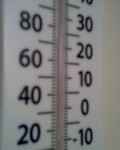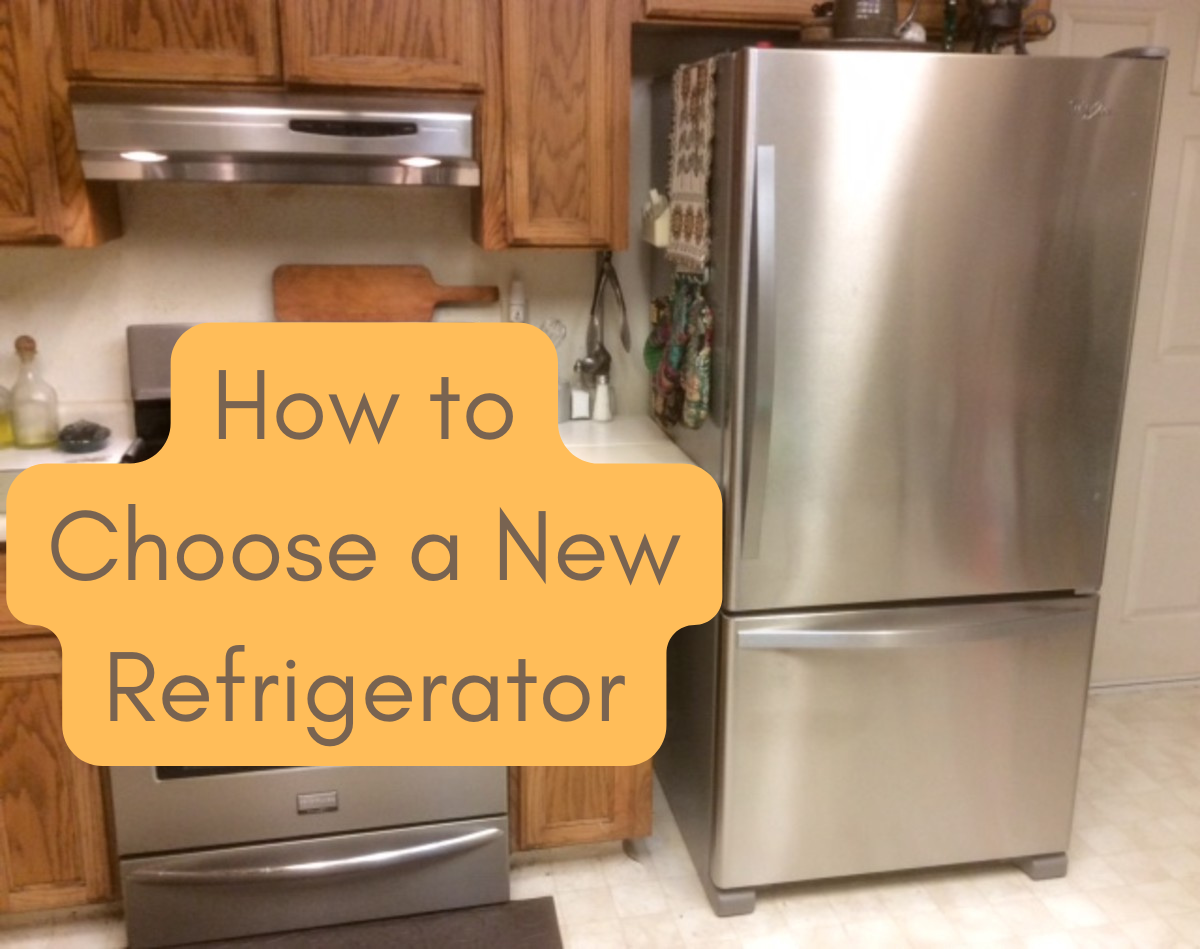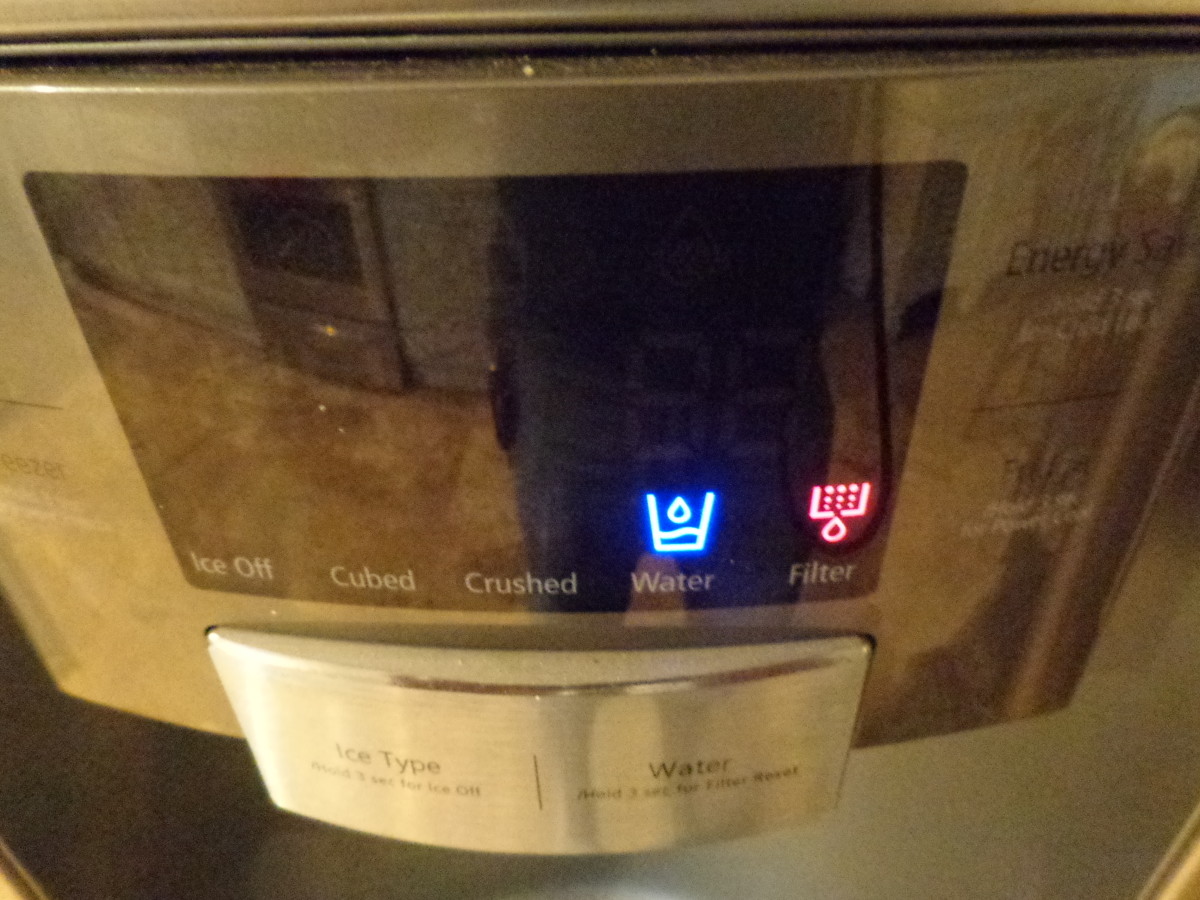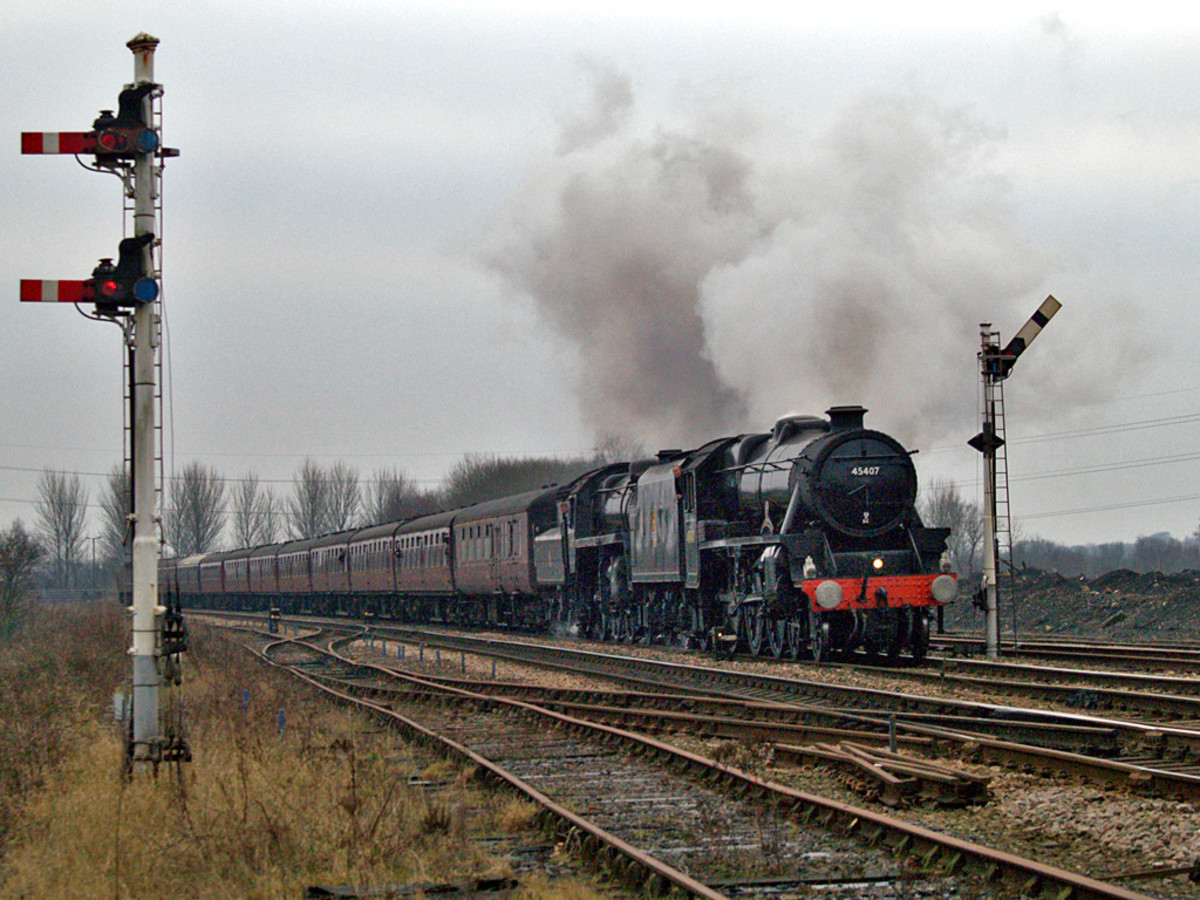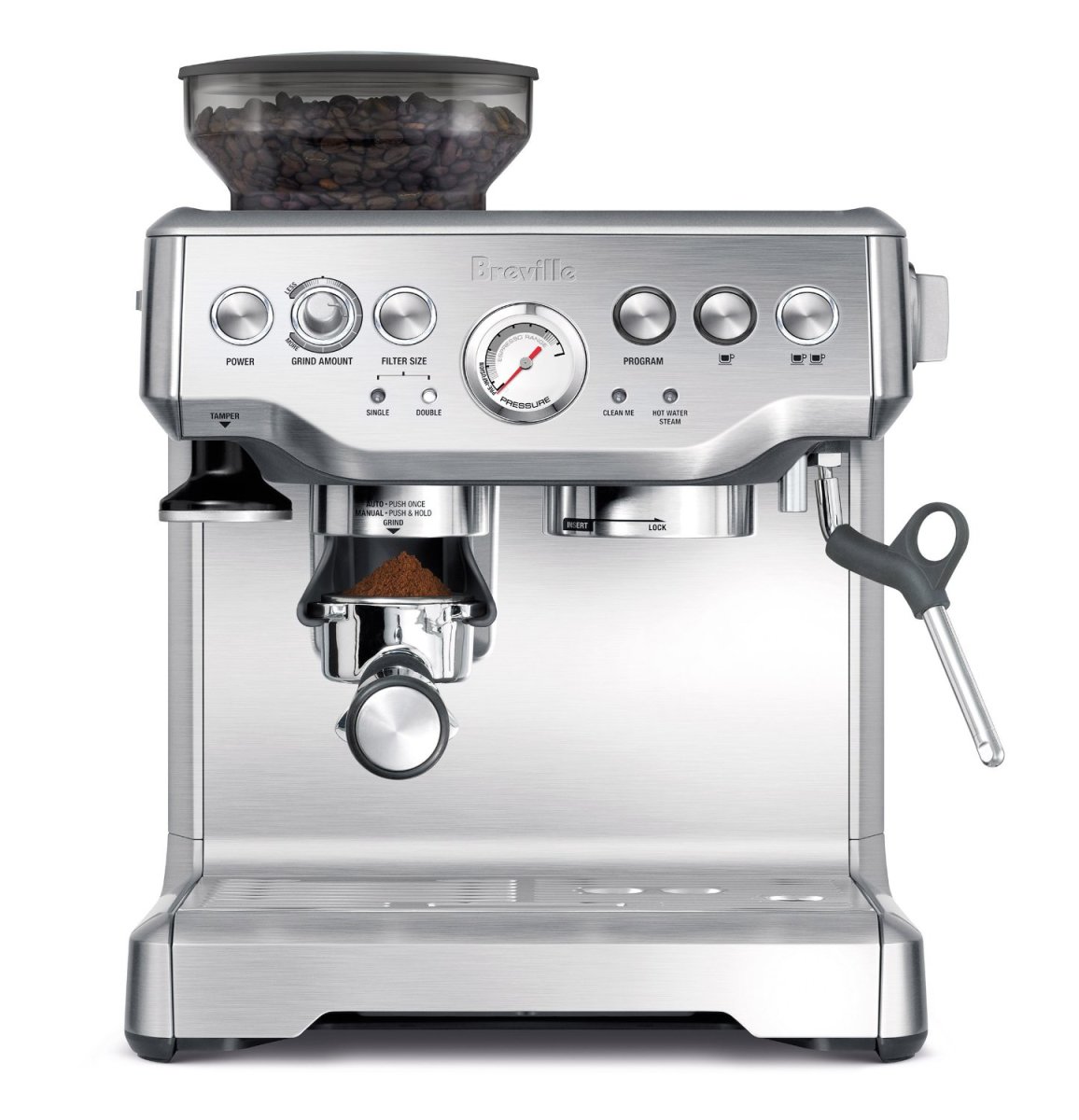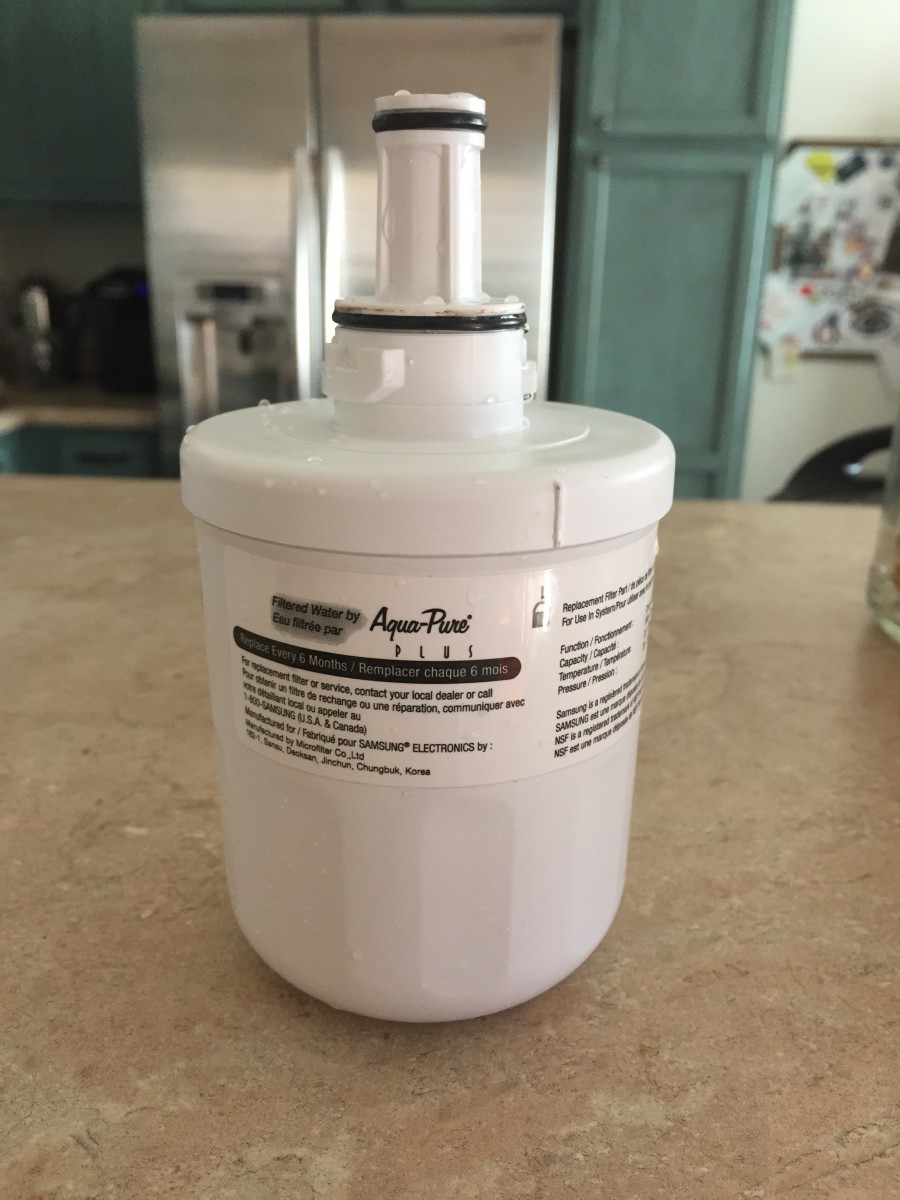- HubPages»
- Home and Garden»
- Home Appliances»
- Kitchen Appliances
Why is my refrigerator not cooling?
The fan is not working!
Please review safety procedures.
Proper cooling in a refrigerator depends on air circulation. To get the air circulation required for cooling, the air flow must not be blocked, the fan has to be working properly, and the control settings have to be adjusted properly.
Generally, the fan is located in the freezer compartment and circulates air from the fresh food compartment to the freezer and back to the fresh food. A problem with the fan generally results in a too warm fresh food compartment and long running times for the refrigerator. If you have an ice maker, the ice may seem watery.
On most frost free refrigerators, when the refrigerator is running, the fan is on in the freezer. You can hear the fan if you open the freezer door. On some models the fan shuts off when the door is opened. Listen for that fan. If the fan is running fine, then the problem is not the fan. If the fan is not working the fan may need to be replaced. This is the evaporator fan.
The evaporator fan can be accessed by removing the back panel and brackets holding the fan in place. The replacement may or may not include the necessary hardware and fan. Great care should be taken to prevent damage to the fan. The fan motor is relatively heavy and should be supported while disconnecting.
If wires need to be spliced, the splice should be accomplished with a wire nut. The connection should be tight and sealed with silicon (like the kind used on fish tanks to provide a watertight seal).
Check out These Refrigerator Hubs!
- How does my Refrigerator Work?
Follow standard safety procedures while working on a refrigerator. All frost free refrigerators operate on the same principles. It is a closed system that is controlled by the use of timers and controls. ... - My Refrigerator Will Not Run
Follow the safety precautions for working on a refrigerator. There are several things that can keep your refrigerator from working, if it is newer and has electronic controls, it could be the control board. ... - Why is my refrigerator leaking water?
Always unplug the refrigerator before you work on it. Review safety procedures. The most common problem in a refrigerator that is leaking is a plugged drain. All frost free refrigerators have a defrost...
Defrost Timer is Malfunctioning
The defrost cycle may not be activating properly. This will result in a blocked air flow since the frost will build up to ice and block the air pathway from the freezer to the fresh food compartment.
Locate the defrost timer, advance it to the defrost cycle and wait. This part of the cycle will turn the refrigerator off for about 20 minutes. During this time the heater should come on and melt the frost on the evaporator coils. You should be able to hear the heater as it makes some creaking and squeaking noises associated with expansion. Listen closely, you should hear water dripping on the heater element with a sizzling sound.
After waiting for about 20 to 45 minutes, the refrigerator should turn back on. If it does not turn back on, wait another 15 to 20 minutes. If the refrigerator still does not turn back on, replace the defrost timer.
Defrost Timer
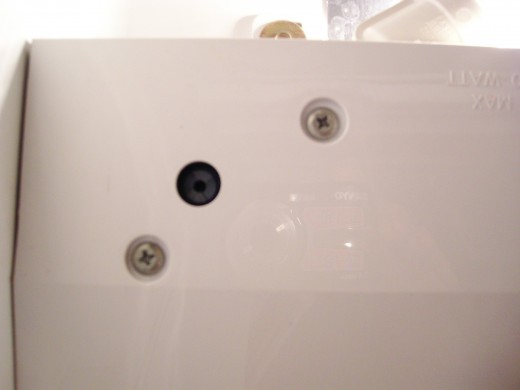
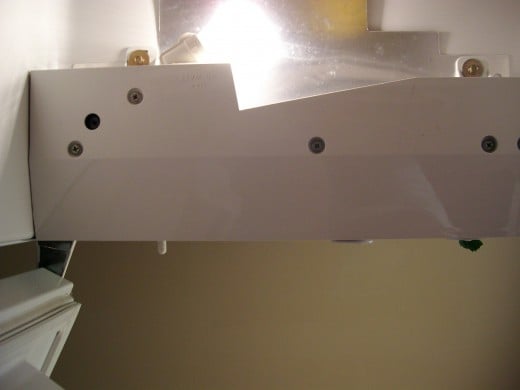
Refrigerator Accessories
Defrost Heater and Thermostat
This is an advanced repair and should only be attempted by risk taking mechanically inclined daredevils. Please follow all safety procedures.
The defrost heater comes on when the defrost cycle begins. If the heater is not working the frost builds up to ice and blocks the air flow. The heater depends on the defrost timer to turn it on, and the defrost thermostat to turn it off.
Unplug the refrigerator. Remove the back freezer panel, if it is blocked with ice, defrost the area following the safety procedures. The defrost heater will appear as a heater element that looks like the one in your oven, or it will look like two glass tubes inserted into the evaporator coils. It is less likely to be a problem with the heater if it is the oven style heater. It is very common for the glass heaters to fail after about 5 or so years. The bad glass heaters will look broken, blackened, or cracked. These need to be replaced. The best practice will be to replace both heaters at the same time, and the wiring harness. The wiring harness will be connected to the defrost thermostat. See how to use the multimeter.
If the heaters appear to be in good shape, then the defrost thermostat may be the problem and this is quite common. Disconnect the heater wires and test for continuity. If the heater passes the continuity test, then move on to the thermostat.
The thermostat is normally located at the top of the coil compartment just above the heaters. The confusing part of this is that there is no easy way to test the thermostat. This is why: the thermostat has continuity only when the temperature is below a certain level usually about 20 degrees or so. That means to test for continuity, the thermostat has to be brought down to below freezing temperatures.
Two strategies:
1. Replace the thermostat, it is inexpensive and easy to replace.
2. Test the thermostat, you need to connect VOM leads to the thermostat leads and bring the thermostat down to required low temperature. At the low temperature continuity should be achieved.
WARNING:
Use great caution in using other strategies that take the thermostat out of the circuit, severe damage or injury could result. Damage from fire could result. Never run your refrigerator without a defrost thermostat, your refrigerator will be damaged and your safety will be compromised.


